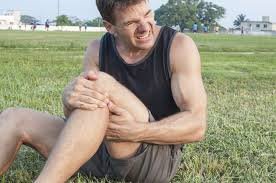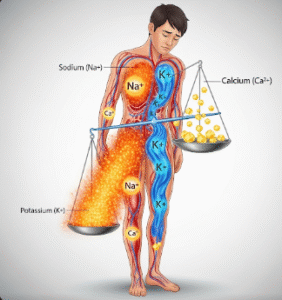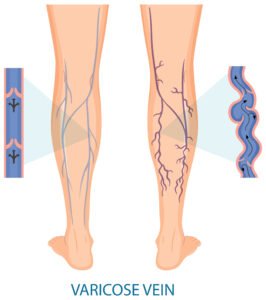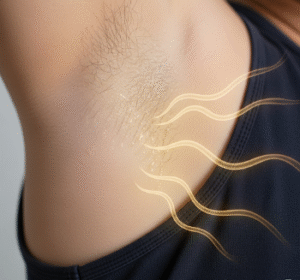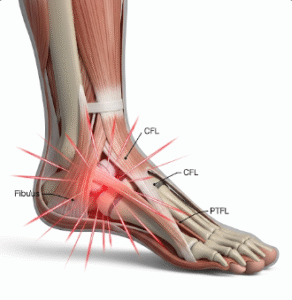Overview
A hamstring strain is an injury to the muscles at the back of the thigh, ranging from mild overstretching to a complete muscle tear. It is a common injury among athletes, active individuals, and those engaging in sudden or intense physical activity.
In Korea, hamstring strains are treated in sports medicine clinics, orthopedic hospitals, and rehabilitation centers, where emphasis is placed on accurate diagnosis, physiotherapy, and minimally invasive interventions for faster recovery.
What is a Hamstring Strain?
A hamstring strain occurs when the hamstring muscles (biceps femoris, semitendinosus, and semimembranosus) are stretched beyond their capacity, causing partial or complete tears. The severity is classified into three grades:
- Grade 1: Mild strain with minimal muscle fiber damage
- Grade 2: Moderate strain with partial muscle tear
- Grade 3: Severe strain with complete rupture
Symptoms
- Sudden pain at the back of the thigh
- Swelling or bruising
- Weakness in the affected leg
- Difficulty walking or bending the knee
- Stiffness and tenderness along the hamstring
- Muscle spasm
Causes
- Sudden acceleration or deceleration during running or sports
- Overstretching of the hamstring muscles
- Inadequate warm-up before exercise
- Muscle imbalance or fatigue
- Previous hamstring injuries increasing susceptibility
Risk Factors
- Athletes involved in sprinting, soccer, or football
- Older individuals with decreased muscle flexibility
- Poor conditioning or lack of strength training
- Previous hamstring injury
- Imbalanced training or overuse
Complications
- Chronic hamstring pain or tightness
- Recurring strains if not properly rehabilitated
- Weakness or reduced muscle performance
- Tendon injuries near the hamstring attachment
- Scar tissue formation affecting muscle elasticity
Prevention
- Proper warm-up and stretching before physical activity
- Strengthening exercises for hamstrings, quadriceps, and glutes
- Gradual progression of training intensity
- Use of proper footwear and surface awareness
- Early treatment of minor strains to prevent worsening
Treatment Options in Korea
Diagnosis
- Physical examination to assess pain, swelling, and range of motion
- Ultrasound or MRI to confirm the grade of strain and identify tears
- Functional tests for muscle strength and flexibility
Medical Treatments
- Rest and activity modification
- Ice and compression therapy to reduce swelling
- NSAIDs for pain and inflammation
- Gradual return to activity with guided exercises
Surgical or Advanced Therapies
- Surgery is rarely needed but may be considered for Grade 3 complete tears
- Minimally invasive tendon repair techniques available in specialized Korean centers
- Platelet-rich plasma (PRP) therapy or regenerative treatments to promote healing
Rehabilitation and Support
- Physical therapy focusing on stretching, strengthening, and mobility
- Gradual functional training to restore normal gait and muscle function
- Education on injury prevention and proper exercise technique
- Monitoring for recurrent injury

